No other element of today’s SEO content strategy has a greater impact on its success than relevance.
True, factors like keywords or links matter, too. After all, they ensure that the audience discovers your content in a search.
But unless they find it 100% relevant to their needs, they’re unlikely to stay on a page for long.
The result? Weak engagement, poor quality signals, and much lower search engine rankings. Unfortunately, I regularly hear from SEOs and marketers about their struggles with creating relevant content.
Many tell me how they can’t align their content marketing strategy to customers’ interests. Others recount how they continuously fail to identify information that would make a blog post more relevant, for example.
Digging deeper into their challenges, I always encounter the same mistakes.
So, in this post, I decided to outline what they are. And then, show how you could solve them in your strategy.
But first, let’s discuss what you really lose when you don’t know how to create relevant content.
The Cost of Irrelevant Content
For years, every Content Marketing Institute’s B2B Benchmarks Report revealed an astonishing truth:
Most marketers struggle with creating relevant content.
Here’s the data from the 2014 issue.
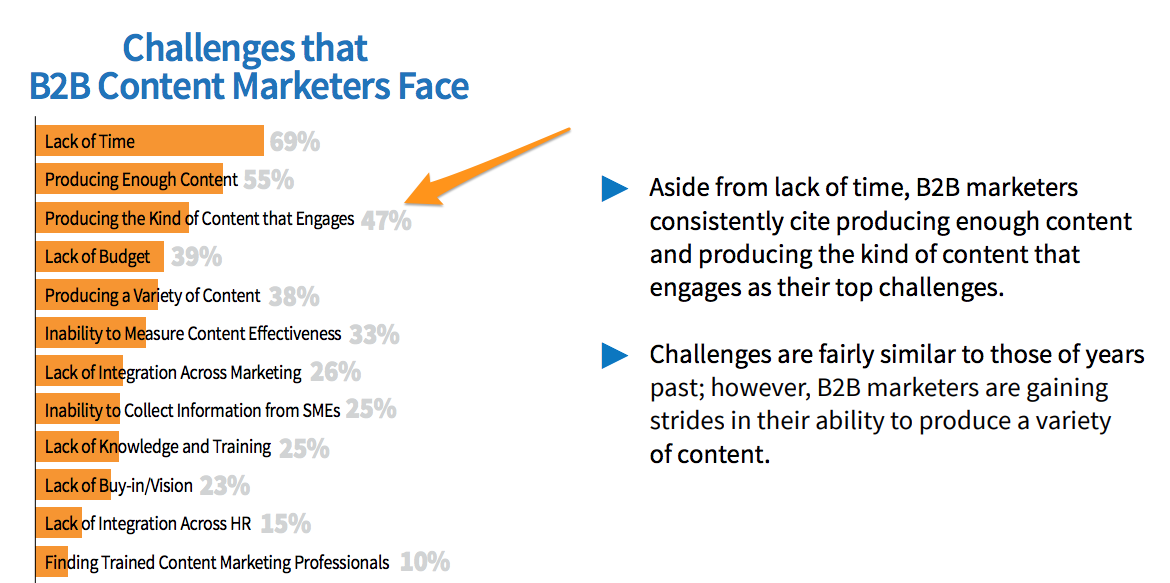
The challenge is even more prominent in the same year’s Enterprise Marketing edition.
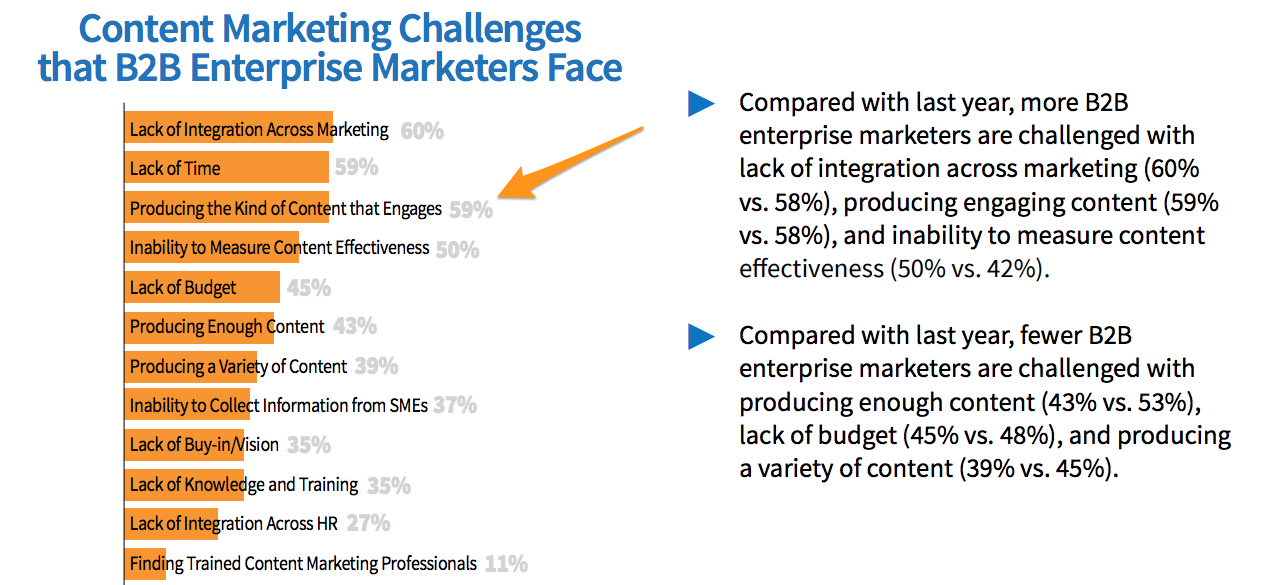
Two years later, relevance became the top challenge for B2B marketers.
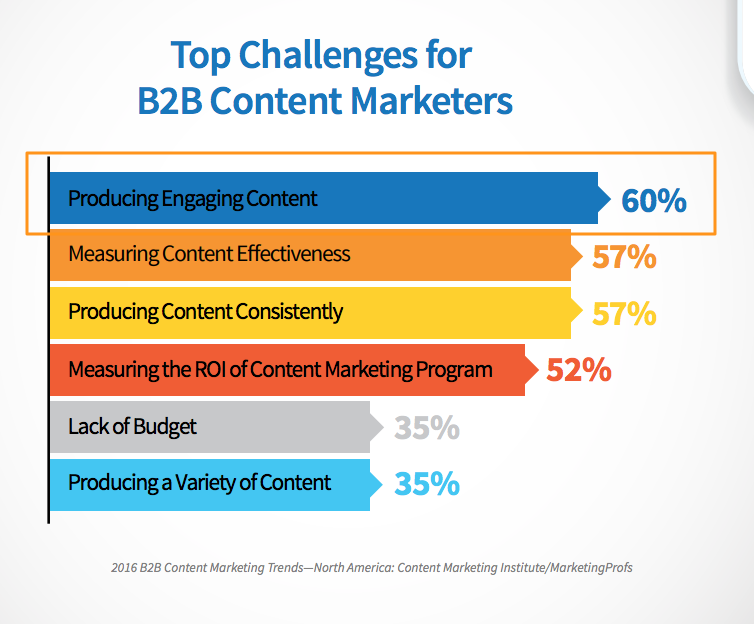
The CMI has dropped the question about challenges from subsequent reports, making it impossible to gauge the state of the problem now.
However, from regular conversations with clients, I can see the issue continues to remain at the top of the list.
The consequences of failing to publish relevant content are enormous.
After all, relevant content:
Engages your audience. I’d even go as far to say that it makes them notice it among all the other content published at the same time.
Gives customers and prospects a reason to do business with you too. Relevance convinces clients of the alignment between their needs and your expertise.
Gets more links. Readers are far more likely to reference content they’ve found relevant, generating you more links in return.
Results in better engagement and quality signals to Google. The search engine promotes content that users love. And seeing them staying longer on a page, reading more assets on a site and so on, convinces it of its quality.
Entices visitors to view more content on your site. This not only increases your quality signals but also, boosts the chances for higher conversions. After all, the longer a person stays on your site, the greater the chance they’ll inquire, buy or convert in any other way.
Improves SERPs CTR. Today’s users are too busy to flick through countless search listings. They seek content that promises to answer their questions. Relevance communicates that promise.
More social shares. Finally, users who found your content relevant will be more likely to share it with other people.
The real cost of not caring about relevance shows when you reverse those numbers. An organization that doesn’t work on creating highly-relevant SEO-driven content will most likely face:
- Poor rankings resulting from low-quality signals,
- Low audience engagement and slow (or no) audience growth,
- Challenges with acquiring links to their content,
- Problems with scaling growth and conversions.
Here's why that typically happens.
The Most Common SEO Content Mistakes
Mistake #1. Ignoring the Data
Today’s marketing relies on data entirely.
When it comes to content, information like the search volume, keyword trends, engagement metrics and much more can give you a glimpse into their audience’s preferences, needs, and pain points.
Needless to say, such insights help come up with more relevant topics and ideas.
Unfortunately, so many marketers ignore it in their content strategy. Instead, they publish blog posts based on assumptions or anecdotal information about the audience. They conclude by themselves what white paper topics would generate the most leads. And many use presumptions even to identify target keywords.
In turn, they generate content guaranteed to fail their audience’s expectations.
How to Solve It:
Use an SEO platform to access all data about your search visibility to date. Utilize its various research capabilities to use existing data to fuel your content strategy.
For example, seoClarity’s Research Grid allows SEOs and marketers review insights about keywords, identify content gaps between you and a competitor, and gain content ideas directly from the audience, among other things.
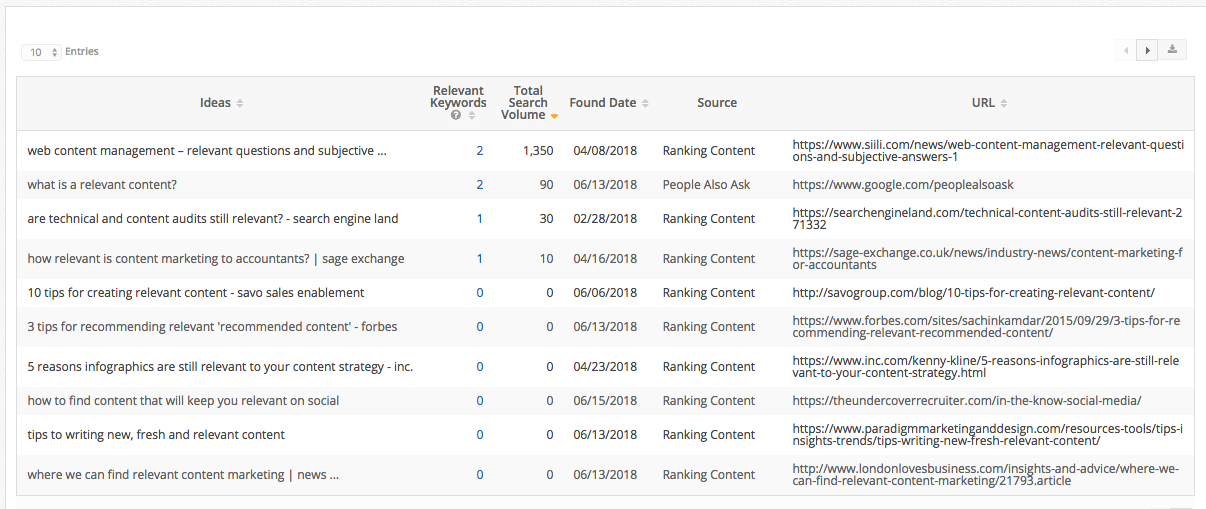
Mistake #2. Not Analyzing Trends in Content’s Performance
Your existing pages are a real goldmine of audience’s insight.
Unfortunately, many marketers ignore that in favor of analyzing competitive strategies or keywords.
At the same time, analyzing positive trends in the existing content’s performance can reveal ideas or topic categories that engaged your specific audience.
For example, exploring traffic trends for specific topic clusters, for example, could reveal when the audience needs those ideas the most.

Similarly, analyzing social shares or links will help you identify the most popular content. And what’s most important, as voted by the very people you’re trying to engage, your audience.
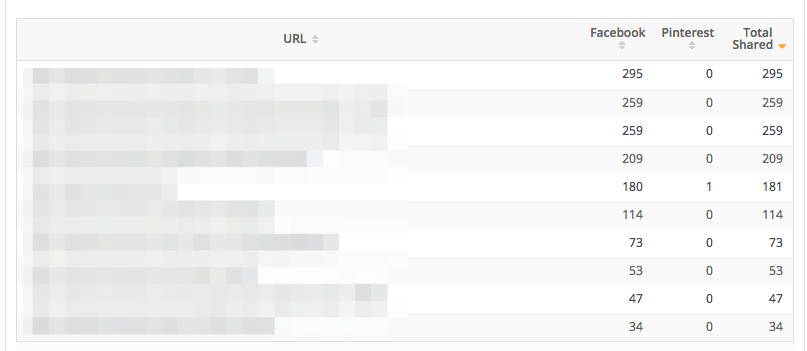
Unfortunately, from what I can see, many marketers ignore trends in favor of other research strategies. Or even, working from own assumptions.
How to Solve:
Create dedicated SEO dashboards to analyze the content’s performance. Set up dashboards for specific topic clusters or blog posts published in a specific date range to monitor their performance.
Similarly, create social media dashboards to establish which of your content assets get shared the most.
#3. Not Listening to Your Audience
Did you know that your target audience tells you what advice they need every single day?
It’s true. And they do it by asking questions about it online.
Some of them use Quora. Others turn to Yahoo Answers. Many scout forums or online communities.

Reviewing these sources gives you direct access to the audience’s needs and pain points.
But how often do you gain such insight?
How to Solve:
Tools like Content Ideas allow you to research questions and information your target audience looks for online.
Analyze your primary keywords to discover what specific advice your potential customers seek about this information.
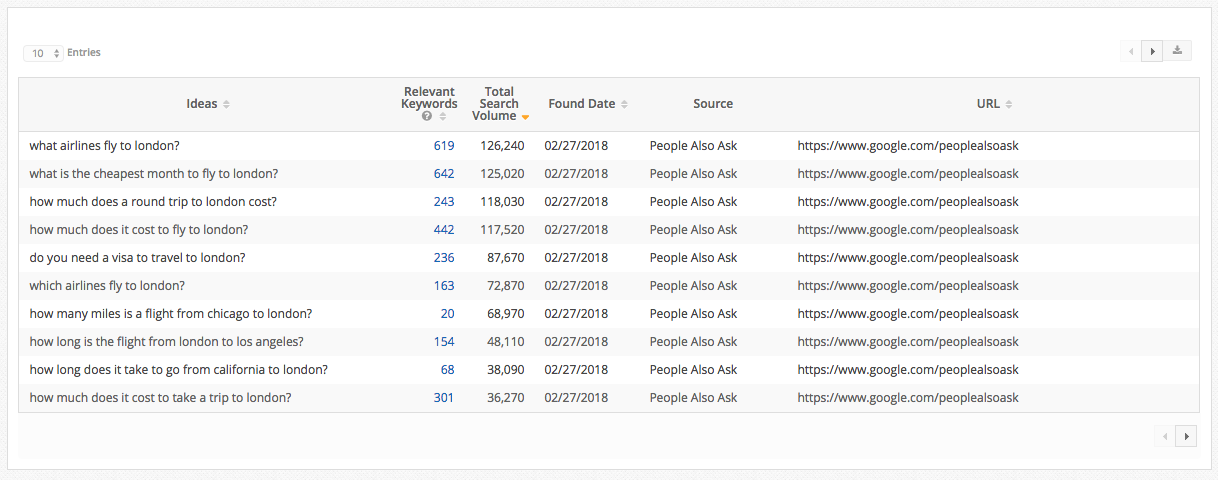
#4. Not Producing an Authoritative Content
Identifying topics that relate to your audience’s needs is one way to make content more relevant.
Another - including ideas, terms, and phrases your audience would use when describing those issues.
And that’s not the only benefit of expanding the copy with semantically related terms. Doing so immediately makes it easier for Google to understand the context behind your piece and rank it for more relevant keywords.
The challenge? Most of us write the content without any regard of what additional information or words we should include to make it sound more authoritative.
One reason for this comes from the fact that you might not be a topic expert. As a result, you don’t know what additional information to include. Another, putting too much focus on style, rather than the actual advice.
The good news is that both issues are easy to overcome.
How to Solve:
Include more semantically-related terms in the content. Use our AI SEO content writer, Content Fusion, to improve content creation by revealing semantic terms that will enrich your content and help Google understand it better.
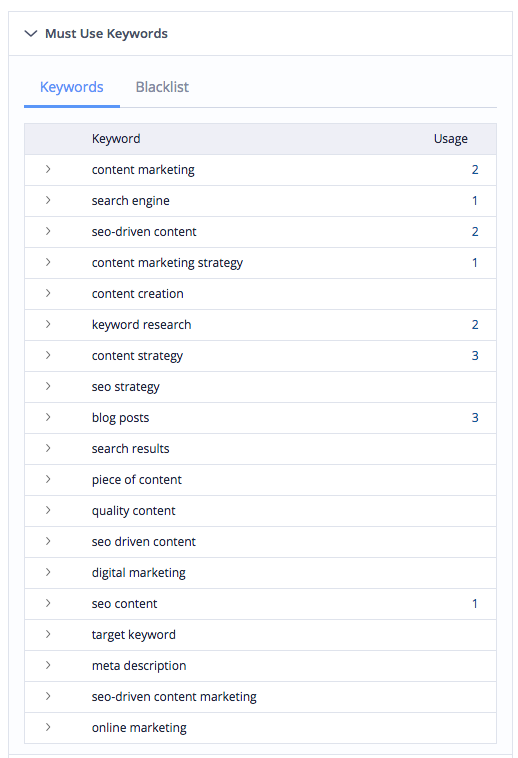
Conclusion
To stand out, today’s SEO content must focus on relevance. Publishing topics that relate to the audience’s needs help engage more readers. This, in turn, sends a high-quality signal to Google, helping those pages rank even higher in the search results.





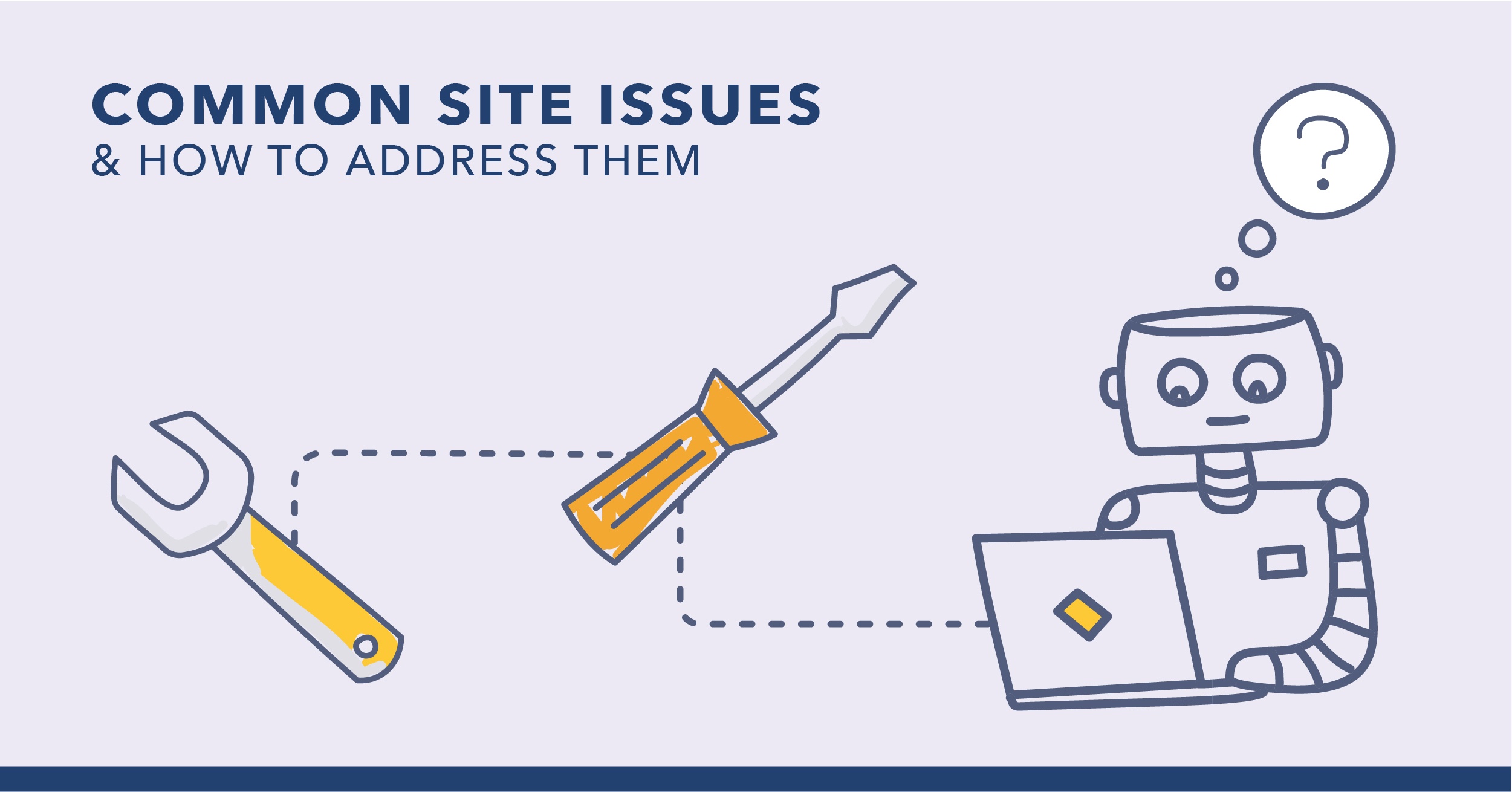

Comments
Currently, there are no comments. Be the first to post one!